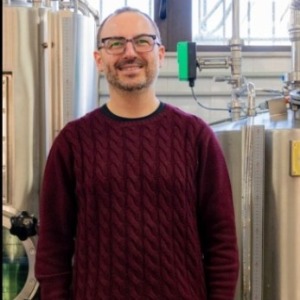8th Edition of Euro Global Conference on
Foodborne Pathogen
Foodborne pathogens are microorganisms that can cause illness when consumed through contaminated food or water. These pathogens include bacteria, viruses, parasites, and fungi, some of which produce toxins harmful to humans. Common foodborne pathogens include Salmonella, Escherichia coli (E. coli), Listeria monocytogenes, Campylobacter, Norovirus, and Clostridium botulinum. Foodborne illnesses can range from mild gastrointestinal discomfort to severe symptoms such as vomiting, diarrhea, fever, abdominal pain, and in severe cases, organ failure or death. The transmission of foodborne pathogens can occur through various routes, including the consumption of raw or undercooked foods, cross-contamination during food handling and preparation, contaminated water or ice, and improper food storage or refrigeration. Factors contributing to the prevalence of foodborne pathogens include poor sanitation and hygiene practices, inadequate food safety regulations and enforcement, globalization of food supply chains, climate change, and antimicrobial resistance. Preventing foodborne illness requires implementing comprehensive food safety measures throughout the food supply chain, including good agricultural practices (GAPs), hazard analysis and critical control points (HACCP) systems, proper sanitation and hygiene practices, temperature control, and microbiological testing of food products. Regulatory agencies and public health organizations play a crucial role in monitoring and controlling foodborne pathogens through surveillance, outbreak investigation, and enforcement of food safety standards and regulations. Consumers can also reduce their risk of foodborne illness by practicing safe food handling and preparation techniques, such as cooking foods to the appropriate temperature, avoiding cross-contamination between raw and cooked foods, and washing hands and utensils thoroughly. Overall, preventing foodborne pathogens requires a collaborative effort involving government agencies, food producers, processors, retailers, and consumers to ensure the safety and integrity of the food supply and protect public health.

Said Bouhallab
INRAE, France
Giovanni De Francesco
University of Perugia, Italy
Ombretta Marconi
University of Perugia, Italy
Alex Martynenko
Dalhousie University, Canada
Ana Isabel Najera
University of the Basque Country EHU, Spain
Marcin A Kurek
Warsaw University of Life Sciences, Poland


